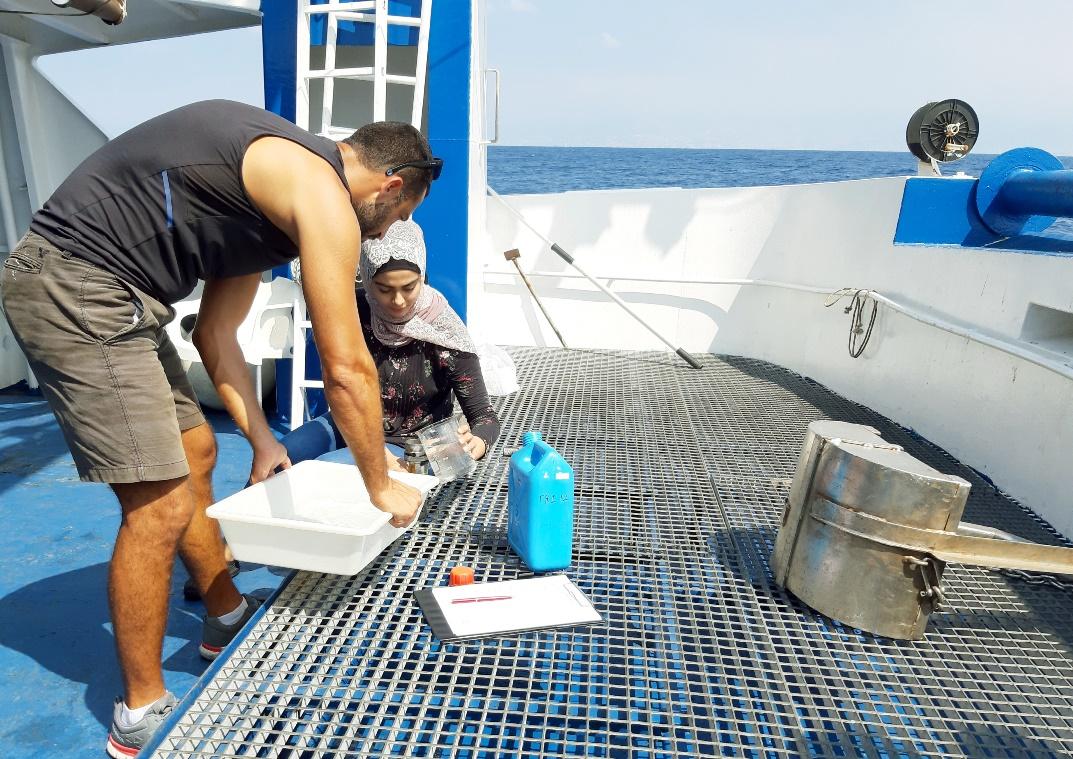Evaluation of the Lebanese Marine Environment: a multidisciplinary study (ELME)

- Budget: €905,483 (EU contribution: € 725,987)
- Location: Beirut and Tyre
- Date of project: June 2018 - June 2020
- Implementing Partner: National Council for Scientific Research (CNRS Lebanon) - National Center for Marine Sciences
The Mediterranean Sea is the largest and deepest enclosed sea on Earth and is considered as a hotspot for biodiversity. The Lebanese coastline extends 240 km from Abdeh to Naqoura along a north-south axis in the eastern Mediterranean. Nearly 60% of Lebanon’s population lives along the coast where industrial, commercial and urban activities are concentrated.
Severe threats are affecting Lebanon's coastal zone, including the unregulated disposal of solid waste, wastewaters, and oil residues (mainly from storage stations and tankers). Chemical pollution and privatisation of the coastline, urban sprawl and poor territory planning schemes are other key concerns for the country’s seaside communities. Wastewater, including sewage, is discharged directly into the sea or nearby rivers, with a daily average of half million cubic meters, causing serious health problems. The limited budget dedicated to the protection of the environment, the too often cross-cutting institutional mandates and legislation and the limited specific expertise are also hindering the effective management of the Lebanese marine ecosystems.
As part of its ongoing commitment to protecting Lebanon’s environment, the European Union therefore aims at supporting marine biodiversity in Lebanon – with a focus on the protection and sustainable development of its maritime resources in coastal areas.


